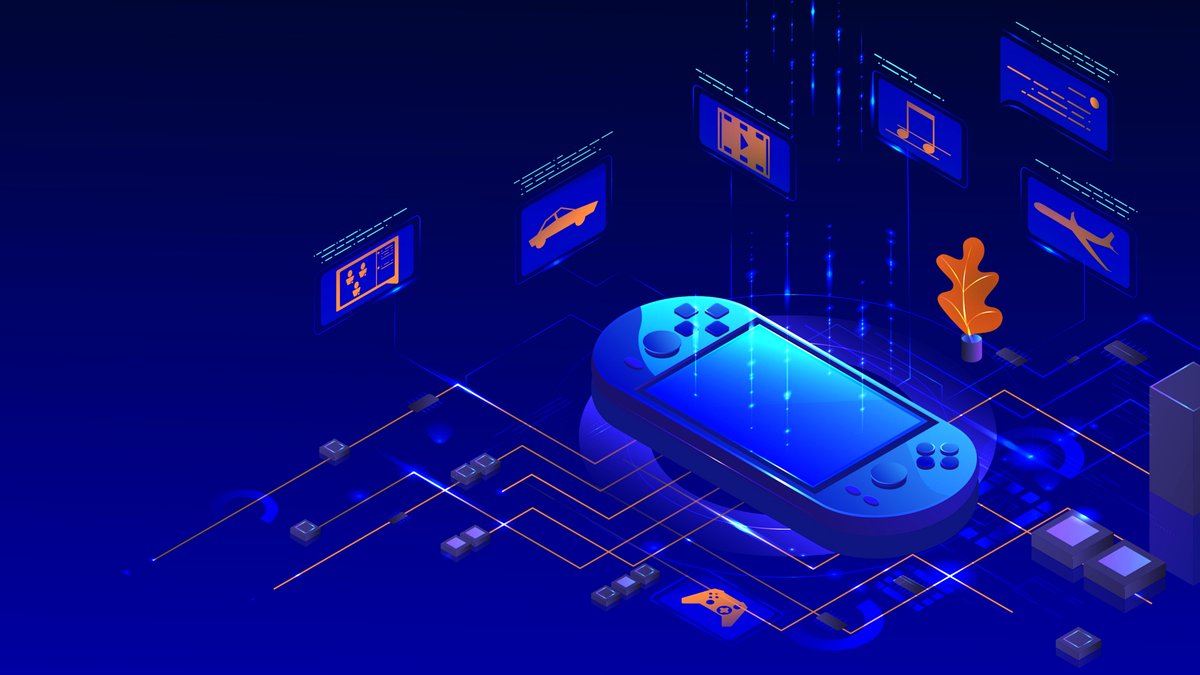The handheld gaming PC market increasingly reflects a troubling trend: manufacturers systematically abandoning the affordability principles that made Valve's Steam Deck revolutionary. Recent device announcements reveal an industry pursuing technical supremacy at the expense of accessibility, potentially pricing out the mainstream gaming audience that made this category viable.
Engineering Escalation Drives Cost Complexity
GPD's upcoming Win 5 exemplifies the industry's problematic trajectory. The device requires either a 180-watt gaming laptop charger or an external 80 watt-hour battery "backpack" to function with AMD's Strix Halo chip. This engineering compromise transforms a supposedly portable device into a tethered workstation, fundamentally contradicting handheld gaming's core premise.
The Win 5's design necessitates external power solutions because its 7-inch form factor cannot accommodate both the power-hungry Strix Halo processor and adequate internal battery capacity. GPD chose raw performance over practical portability, creating a device that demands additional accessories for basic functionality. This represents a philosophical shift from the Steam Deck's balanced approach, which prioritized sustainable gaming experiences within reasonable power constraints.
Market Stratification Threatens Accessibility
Current handheld gaming PC pricing reveals systematic market stratification. MSI's Claw 8 AI+ commands premium pricing for incremental performance gains, while manufacturers increasingly position their devices as "Steam Deck killers" rather than accessible gaming solutions. This positioning strategy inherently suggests higher pricing tiers, moving away from Valve's $399-$649 range that democratized handheld PC gaming.
The Legion Go S demonstrates this trend's complexity. While it outperforms the Steam Deck in specific benchmarks, its market positioning emphasizes premium features over affordability. Manufacturers appear convinced that technical superiority justifies premium pricing, ignoring the accessibility factors that drove Steam Deck's mass adoption.
Strategic Implications for Market Evolution
The industry's pricing escalation creates a dangerous feedback loop. As manufacturers chase higher-margin premium segments, they risk abandoning the broader gaming audience that validated handheld PC gaming's commercial viability. Valve's restraint in maintaining reasonable pricing reflects deeper strategic understanding: sustainable market growth requires accessible entry points, not just technical showcase devices.
This market evolution potentially fragments the handheld gaming ecosystem between premium enthusiast devices and accessible mainstream options. If manufacturers continue prioritizing technical specifications over balanced design philosophy, the category risks becoming a niche enthusiast market rather than the democratizing force Valve envisioned.
The handheld gaming PC industry stands at a critical juncture. Manufacturers can either maintain Valve's accessibility model while pursuing reasonable technical advancement, or continue down the current path of premium positioning that may ultimately constrain market growth and exclude the gaming audiences that made this category successful.
Sources
- TechRadar: "Handheld PC makers are slowly losing touch with Valve's successful Steam Deck template of affordability, and that's very concerning by TechRadar Staff"
- The Verge: "GPD's monster Strix Halo handheld requires a battery 'backpack' or a 180W charger by Sean Hollister"
- Tom's Hardware: "AMD Strix Halo gaming handheld lacks an internal battery — GPD Win 5 requires an external battery or be plugged into the wall by Tom's Hardware Staff"
- Tom's Guide: "Lenovo Legion Go S Beats the Steam Deck! Full Review by Tony Polanco"
Note: All sources have been verified for accuracy and editorial standards compliance.
